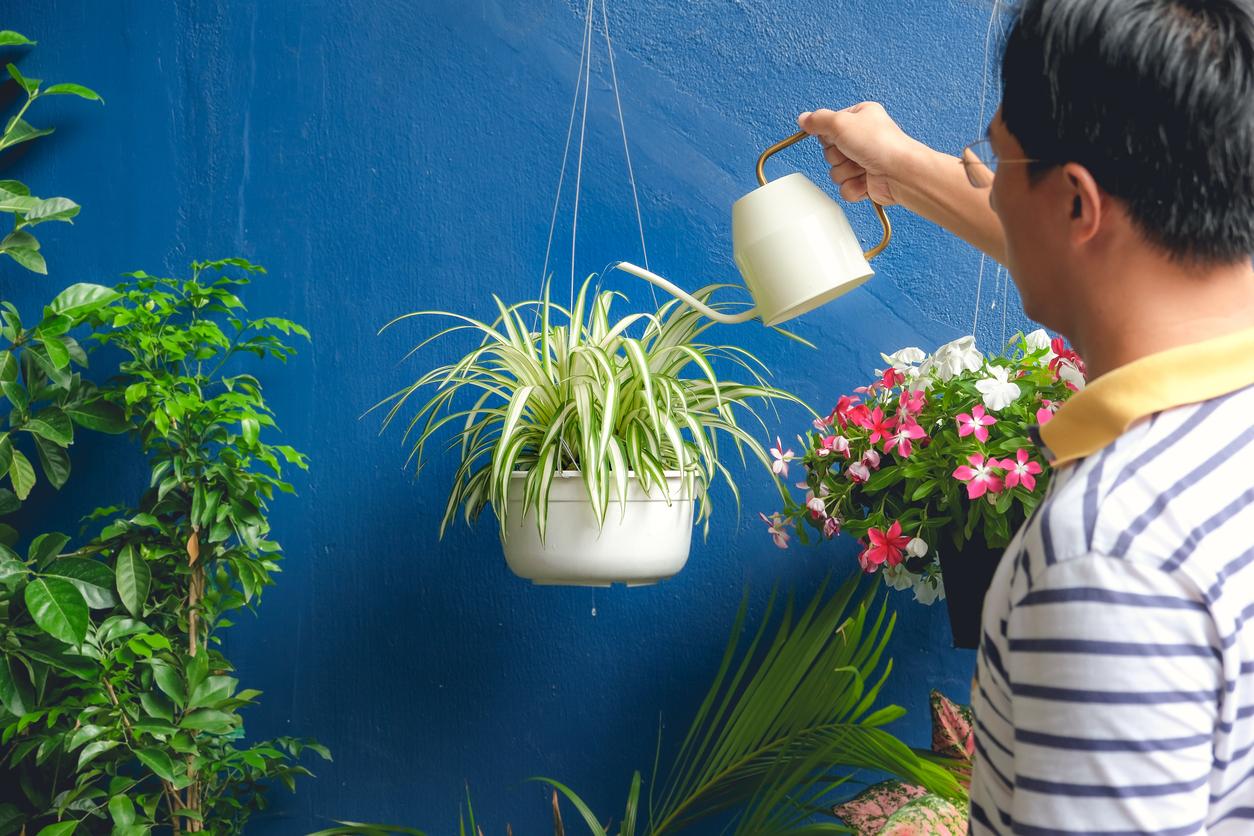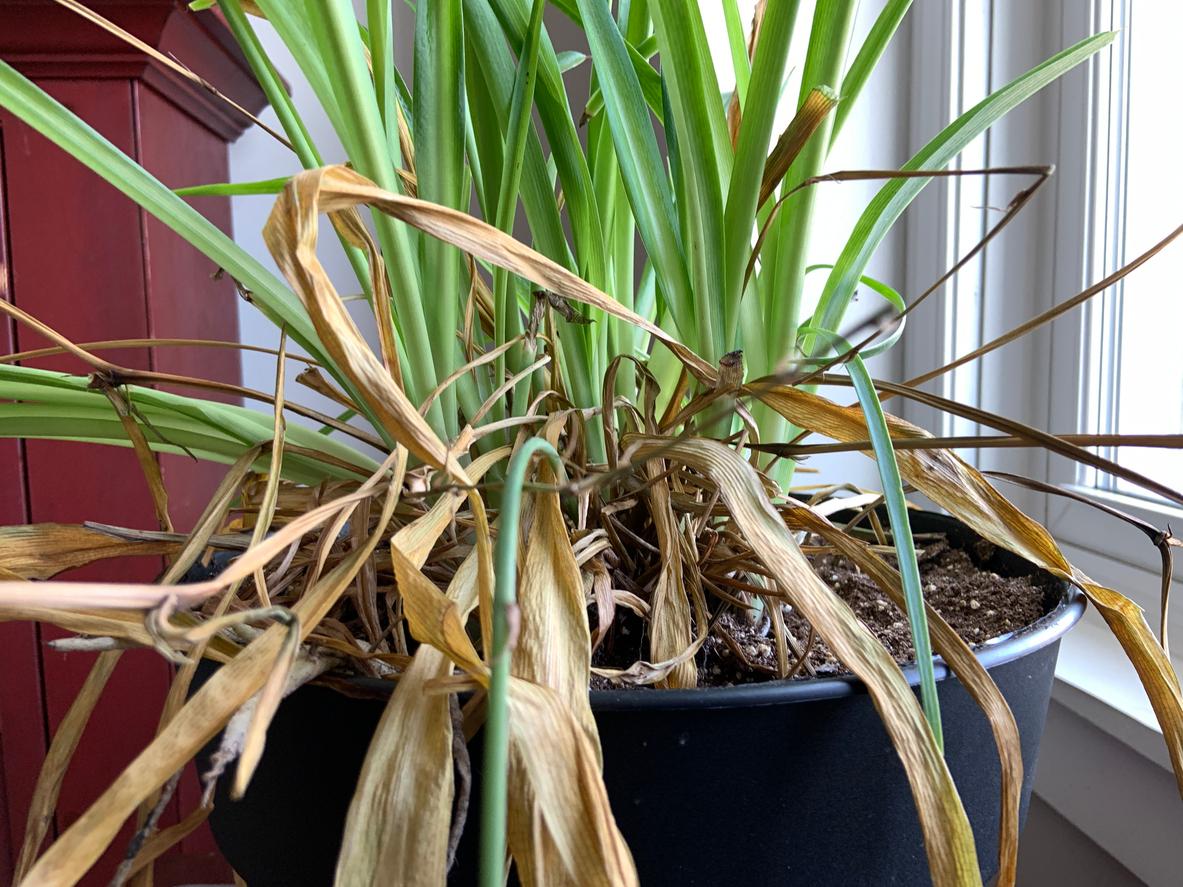Our Helpful Guide to Propagating a Spider Plant
Propagating a spider plant doesn't require advanced experience in gardening.
Published Dec. 3 2024, 4:36 p.m. ET

If you are looking to beautify a home without companion dogs and cats in it, spider plants can be a wonderful option. Spider plants are hardy plants that aid in detoxifying the air in your home, brightening your space, and adding some great overall vibes to your life.
As you and your spider plant grow, you might want to explore propagating your plant within your home to grow even more spider plants from the original.
Luckily, propagating a spider plant is a fun process that can help you appreciate the life of your original spider plant while growing new plants for families and friends to enjoy as gifts. Keep reading to learn more about spider plant propagation and care.

Can you grow a spider plant from cuttings?
Yes, you can grow a spider plant from cuttings. Perhaps what is most adorable about spider plant propagation is the nomenclature for the resulting propagated plants: plantlets, pups, and baby spiderettes are all nicknames for the young, new spider plant, according to Plantura Magazine.
According to Martha Stewart, spider plants can be propagated at any time, and the plantlet (or spiderette) should be cut below the roots.
If you are propagating the spider plant with a vase full of water, you are advised to remove the leaves from the base of the baby spiderette so they do not rot in the water, per the source. The vase should be placed in indirect sunlight, and once the roots grow to a couple inches long, they can then be moved to soil.
You can also use a damp paper towel to propagate the spider plant. According to Martha Stewart, once a plantlet is placed on a moist paper towel in a bowl, you must wait until the roots are an inch long before transferring it to the soil.
You may also choose to take the baby spiderette and place the cut side into a pot with soil in it with indirect exposure to sunlight, according to Lively Root. This is my preferred method.
According to The Spruce, another option to propagate a spider plant is to care for a spiderette that is still attached to the "stolon" of the main, mother spider plant. To do this, the baby spiderette will be potted next to the main potted spider plant, with the two connected via the stolon.
Finally, propagation by division is another suitable method wherein you untangle the roots, cut the plant into sections, and repot the newly made plants.

Should I cut the brown tips off my spider plant?
If you notice some browning to the tips of your spider plant, do not stress. The brown tips can be cut from the plant with a pair of clean scissors, according to the plant subscription service Bloombox Club.
While spider plants are notoriously hardy and easy to care for, if you notice brown tips, it's a sign that a little more attention can help your spider plant return to full glory.
Per Bloombox Club, if your spider plant recieves too much direct sunlight, this is an easy and simple fix to help address the brown tips. Insufficient humidity, too, can be addressed by altering the heat in your home or including a humidifier near your plant.